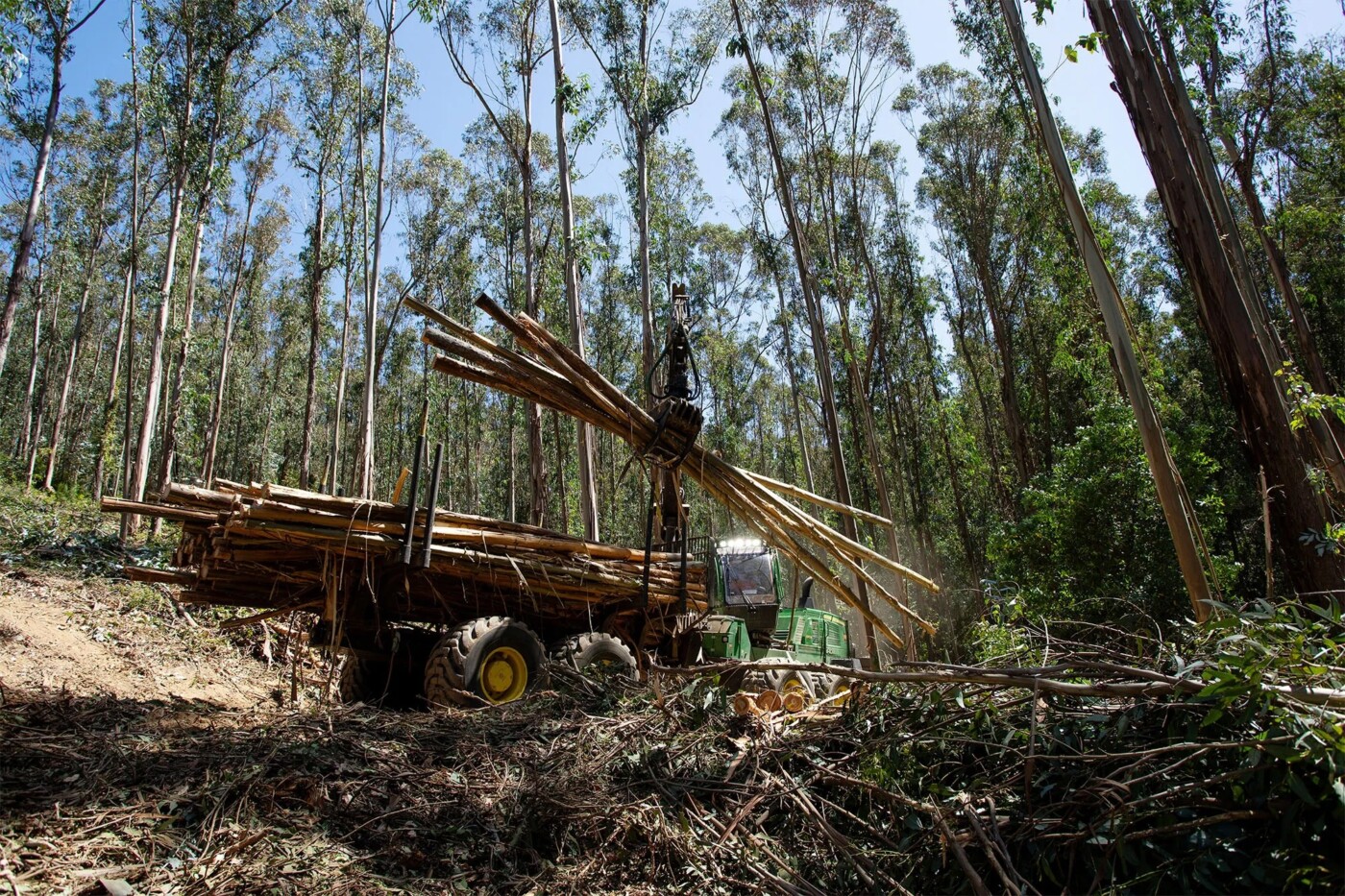The East Bay Regional Park District will spend millions over the next three years cutting down and removing dead and dying trees in order to reduce the chances of catastrophic wildfires, park district officials said this week.
The three-year, $10.9 million project will target trees and other vegetation on 600 acres of parkland throughout the East Bay.
“These projects are vital to reducing wildfire risks in the East Bay,” said district general manager Sabrina Landreth.
The money includes $8.3 million in grants, with $6.1 million coming from the Federal Emergency Management Agency, $2.1 million from the California State Coastal Conservancy and $100,000 from the U.S. Forest Service, according to park officials.
Landreth thanked U.S. Sen. Alex Padilla, D-California, and U.S. Rep. Eric Swalwell, D-Castro Valley, for their help securing the FEMA grants and local voters for approving things like Measure FF, a parcel tax passed by residents of the park district in 2018 that raises about $3.3 million annually for fire prevention, public safety and water quality efforts, among other things.

The fuel reduction project will focus on Anthony Chabot, Tilden and Wildcat Canyon regional parks, Claremont Canyon Regional Preserve and the Carquinez Strait Regional Shoreline, according to park officials.
One of the key pieces of equipment used during the project will be a “carbonizer” that burns at 1,300 degrees Fahrenheit with little oxygen and produces very low emissions “especially compared to conventional disposal methods such as open pile burning or transporting debris long distances in diesel trucks,” park officials said.
The burnt trees and brush come out of the carbonizer and ends up as “biochar,” which is applied to the ground to enhance soil health, improve water retention and increase crop productivity.
The post East Bay Parks embarks on $10.9M campaign to remove dying trees to reduce wildfire risks appeared first on Local News Matters.
